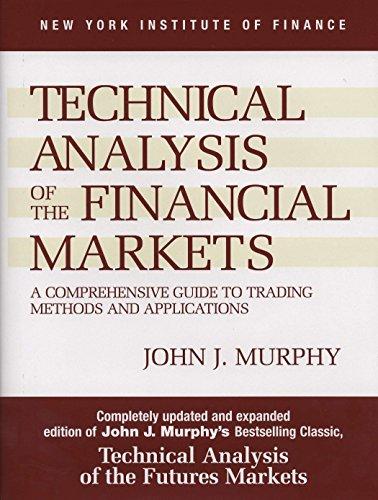Answered step by step
Verified Expert Solution
Question
1 Approved Answer
Context Suppose we have an imaginary economy with a lot of entrepreneurs. Each entrepreneur needs extemal funding of IDR 1 0 0 million for a
Context
Suppose we have an imaginary economy with a lot of entrepreneurs. Each entrepreneur needs
extemal funding of IDR million for a project. There are two risk categories for the project:
highrisk and lowrisk. The cash flow returs of a highrisk project equals IDR $ million
probability and IDR poobubility On the other hand, the lowrisk project
generates cash flows IDR million, always probability By assuming riskneutrality
universal and the riskfree rate is zero no discounting cach project creates IDR million on
average. The eatrepreneurs have positive NPV since
However, the bank does not kow the probability to generate the cash flow for each peoject,
but the entrepreneur know. Sappose the bank can't find a way to know the riskisness of a project
by serecaing the project. The bank only knows the estimated probability for lowrisk projects,
which equals to of all case. The entrepreneur takes his project only if he las a strictly positive
expected payoff, by taking into account what he has to pay back to the bank. We may assume that
the economy has perfect competitices is the credit market.
Questions
Suppose that the bank has following statemeat: "With probability the project is a highrisk,
the project fils to generate cash flow with probability and with probabliny the project is
a lowrisk project. So to create a break even condition, the bank needs to charge an interest rate r
by using: Is there any creditworthy entrepreneur who
would accept the interest rate? What is wrong with this statement?
By assuming debt financing, what interest rate be back will charge in the equilibrium condition?
and what kind of projects are financed by the bank? Who is credit rationed?
By using equity financing, the bank bolds some share of the firm, which implies the
bank will receive share of from the firm"s casl flows. Proof that the bank would finance both
high and low risk projects. In addition, both high and low risk project holders pay the "fair" capital
cost Explain.

Step by Step Solution
There are 3 Steps involved in it
Step: 1

Get Instant Access to Expert-Tailored Solutions
See step-by-step solutions with expert insights and AI powered tools for academic success
Step: 2

Step: 3

Ace Your Homework with AI
Get the answers you need in no time with our AI-driven, step-by-step assistance
Get Started


